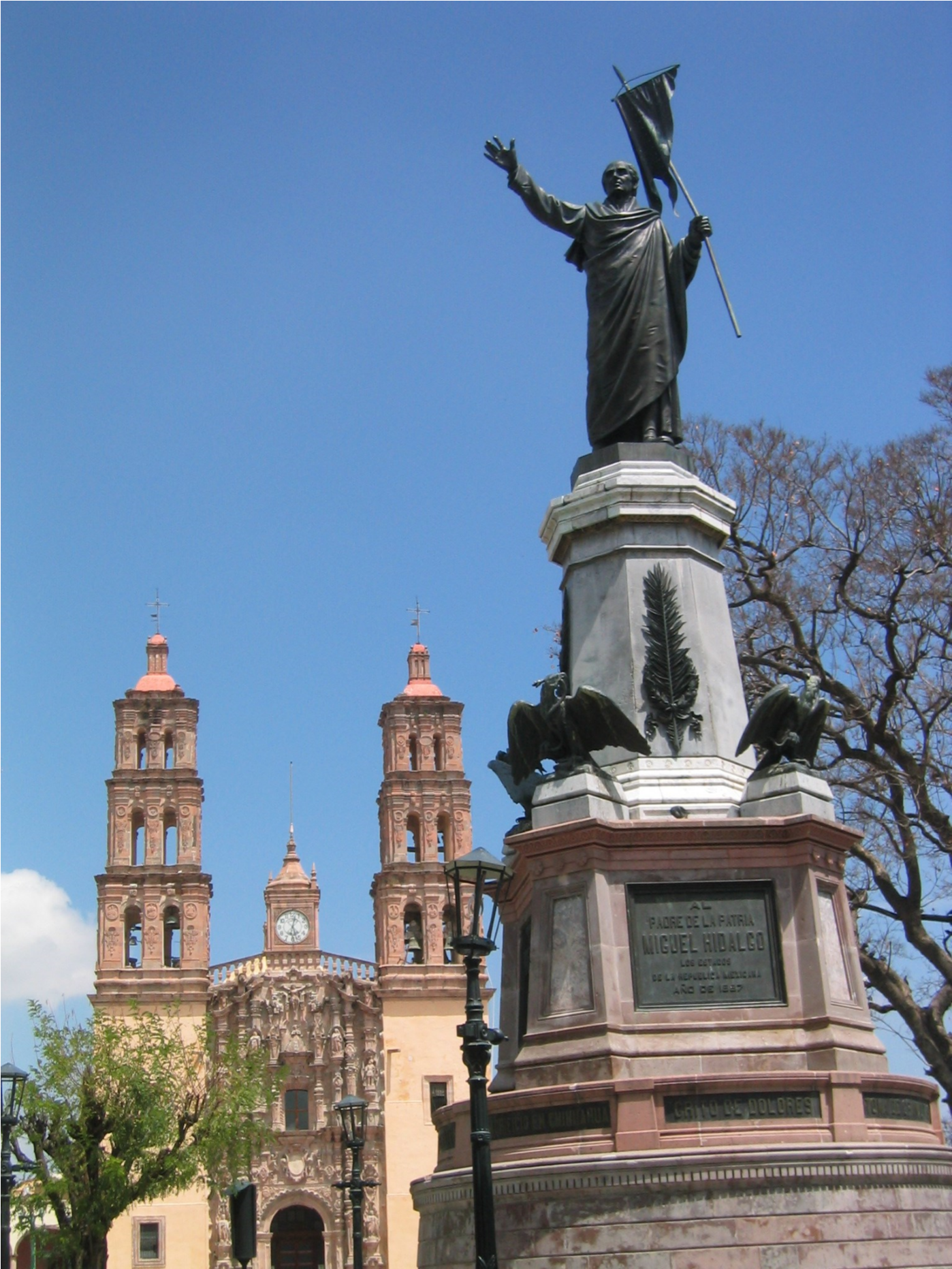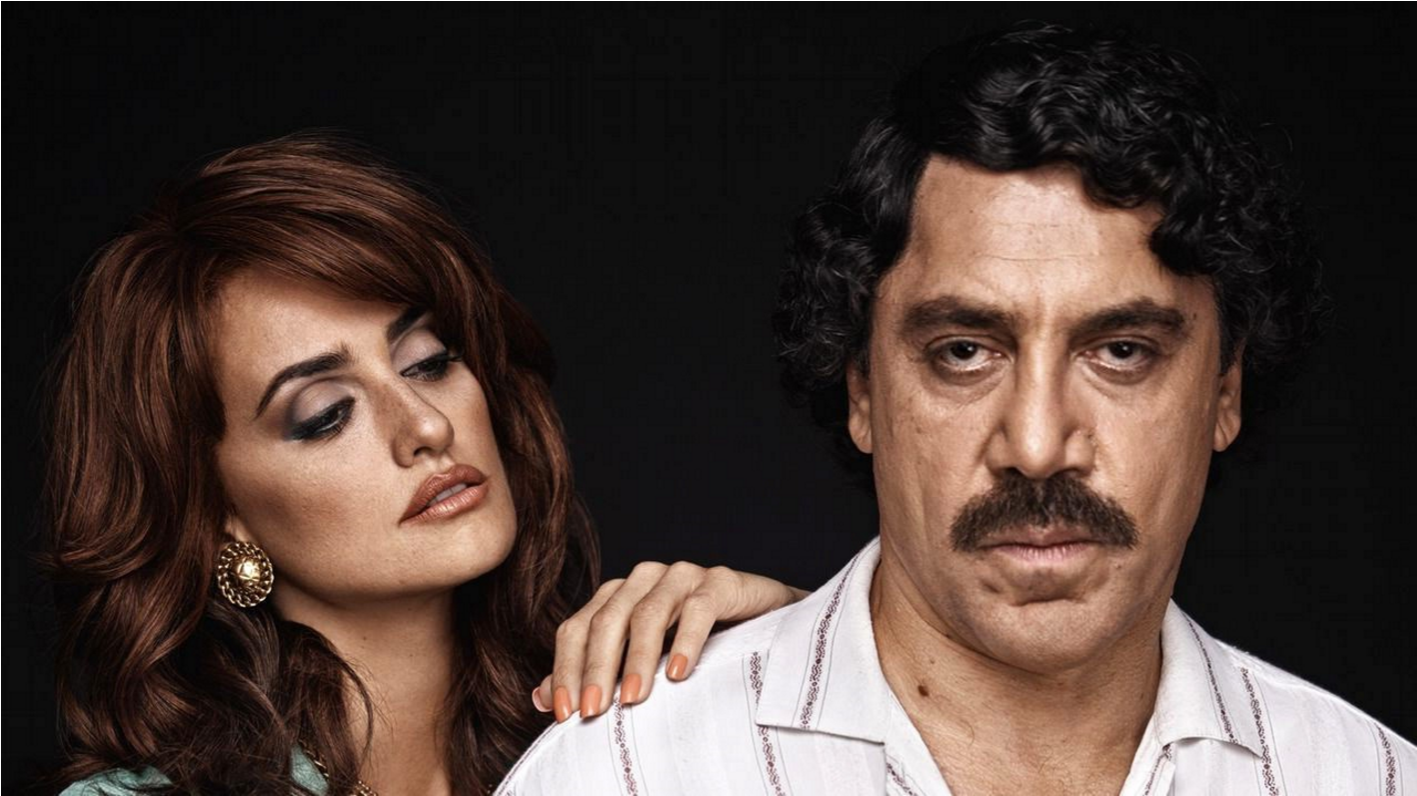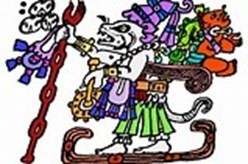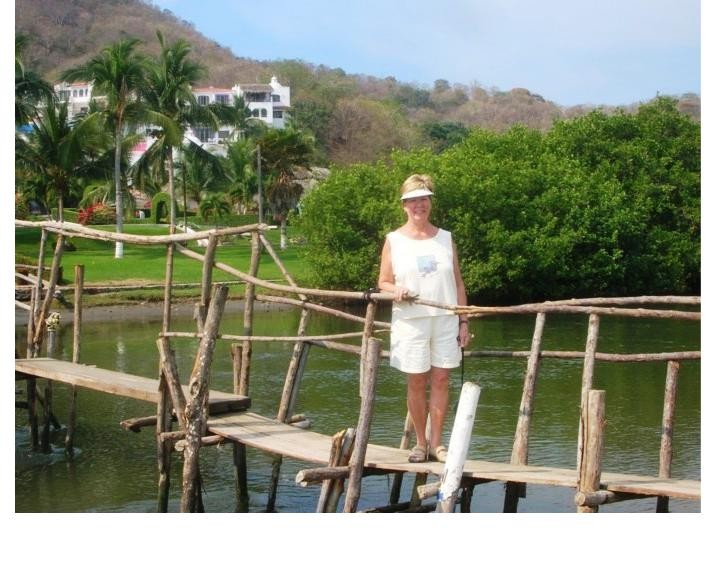By Manzanillo Sun Writer from the November 2018 Edition
Don Miguel Gregorio Antonio Ignacio Hidalgo-Costilla y Gallaga Mandarte Villaseñor; 8 May 1753 – 30 July 1811), more commonly known as Don Miguel Hidalgo y Costilla or simply Miguel Hidalgo, was a Mexican Roman Catholic priest and a leader of the Mexican War of Independence.
He was a professor at the Colegio de San Nicolás Obispo in Valladolid and was ousted in 1792. He served in a church in Colima and then in Dolores, Dias. After his arrival, he was shocked by the rich soil he had found. He tried to help the poor by showing them how to grow olives and grapes, but in Mexico, growing these crops was discouraged or prohibited by the authorities due to Spanish imports of the items. In 1810, he gave the famous speech, “The Cry of Dolores”, calling upon the people to protect the interest of their King Fernando VII (held captive by Napoleon) by revolting against the European-born Spaniards who had overthrown the Spanish Viceroy.
He marched across Mexico and gathered an army of nearly 90,000 poor farmers and Mexican civilians who attacked and killed both Spanish Peninsulares and Criollo elites, even though Hidalgo’s troops lacked training and were poorly armed. These troops ran into an army of 6,000 well-trained and armed Spanish troops; most of Hidalgo’s troops fled or were killed at the Battle of Calderón Bridge.
Fearing his arrest, Hidalgo commanded his brother Mauricio, as well as Ignacio Allende and Mariano Abasolo, to go with a number of other armed men to make the sheriff release prison inmates in Dolores on the night of 15 September 1810. They managed to set eighty free. On the morning of 16 September 1810, Hidalgo called Mass, which was attended by about 300 people, including hacienda owners, local politicians and Span-
iards. There he gave what is now known as the Grito de Dolores (Cry of Dolores), calling the people of his parish to leave their homes and join with him in a rebellion against the current government, in the name of their King.
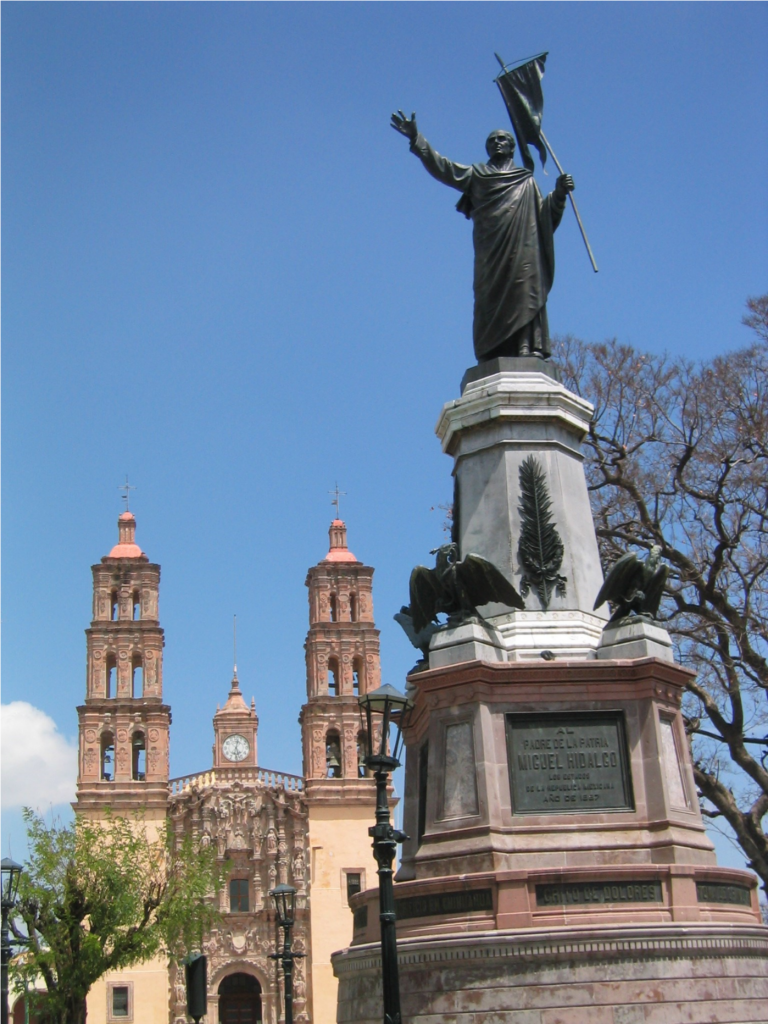
Statue of Hidalgo in front of his church at Dolores Hidalgo, Guanajuato
Hidalgo’s Grito didn’t condemn the notion of monarchy or criticize the current social order in detail, but his opposition to the events in Spain and the current viceregal government was clearly expressed in his reference to bad government. The Gritoalso emphasized loyalty to the Catholic religion, a sentiment with which both Creoles and Peninsulares could sympathize.
The town of his parish was renamed Dolores Hidalgo in his honor and the state of Hidalgo was created in 1869. Every year on the night of 15–16 September, the president of Mexico reenacts the Grito from the balcony of the National Palace. This scene is repeated by the heads of cities and towns all over Mexico.
The full edition or view it online
Manzanillo Sun’s eMagazine written by local authors about living in Manzanillo and Mexico, since 2009
